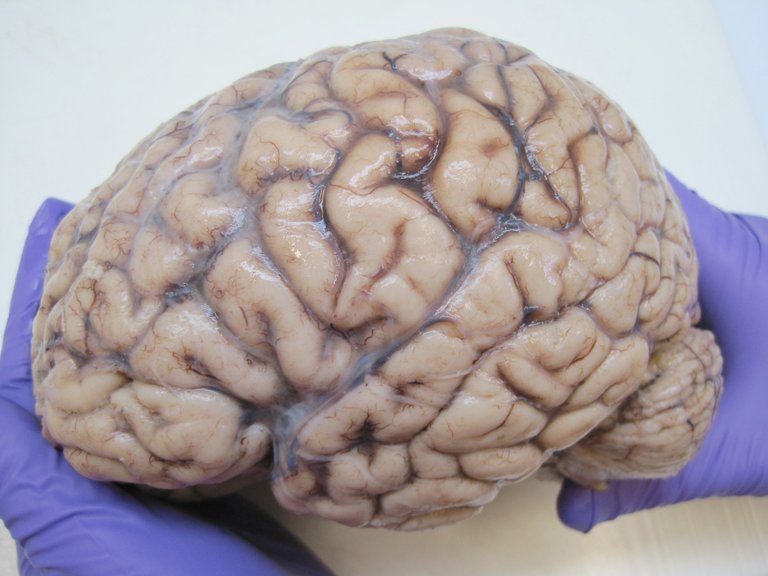The Complexity of the Brain and its Marvel to Neurology
Have you ever come across the fascinating stories of individuals who spent their entire lives without a brain? Or perhaps you've heard of those who, following a brain injury, experienced a surge in intelligence, evolving into geniuses? Our brain's intricacy is so profound that comprehending it in its entirety would equate to grasping the very essence of life, consciousness, and the mechanics of the universe.
Neuroscience, neuropsychology, and Neurology, in general, can be very complex areas of medicine, because of how delicate and complex the brain can be. While we can dissect the brain, it is not immediately obvious which part of the brain is responsible for different functions. So, the best way to identify which part of the brain functions is possible through investigating people with brain damage and injuries.

Our insights into neuroscience stem from the observation of patients who've survived brain injuries, enabling an examination of how their lives and personalities transform post-incident. Through this avenue, researchers can glean pre- and post-injury data, a method that would be ethically questionable if deliberately imposed without the presence of damage and a need for remediation. Should you harbor skepticism, let's explore several individuals who've served as subjects for neuroscience, illuminating the intricacies of the brain.
Phineas Gage, born in 1823 in the United States, occupies a pivotal place among neuroscience's most renowned subjects, all due to an accident during his tenure as a railroad construction worker. A detonation propelled a rod through his skull, piercing upwards from his lower jaw, traversing behind his left eye, and piercing through the left side of his brain before exiting through the frontal bone. Astonishingly, he survived, living for another dozen years, though his life underwent substantial changes.

Before the accident, he was regarded as a respectable, hardworking, and responsive person but after the accident, he became impulsive, disinhibited, and rude. This was because he lost his frontal lobe, which is associated with higher-level thinking and self-control. While a large portion of his brain was affected and removed, his memory and attention were intact. ,
In 2007, there was a study published in The Lancet, titled "Brain of a White-Collar Worker", looked at the skull of a 44-year-old man with very little brain. On neuropsychological testing, he had an intelligence quotient (IQ) of 75, a verbal IQ was 84, and a performance IQ of 70. His brain was examined because he had mild weakness in his left leg. He was able to do everything else including reproduction. The production of excessive intracranial fluid in the skull was responsible for the prevention of brain material development.
Among the intricate marvels associated with the brain is Acquired Savant Syndrome, a condition marked by the emergence of newfound abilities post-brain injury. Instances of this syndrome are exceedingly rare, with fewer than 50 documented cases. One illustrative case is that of Jason Padgett, who, after a brain injury, developed the ability to perceive the world through a mathematical lens. Subsequently, he ascended to brilliance in the fields of mathematics and physics.
Clearly, the brain's complexity denies any conclusive link between a particular stimulus and a predictable outcome. As such, the brain remains a captivating enigma, an unceasing source of investigation for neurologists across the globe.
Image Reference
Image 1 || Wikimedia Commons || Brain autopsy lateral view
Image 2 || Wikimedia Commons || 3D reconstruction of Gage’s skull
Thanks for your contribution to the STEMsocial community. Feel free to join us on discord to get to know the rest of us!
Please consider delegating to the @stemsocial account (85% of the curation rewards are returned).
Thanks for including @stemsocial as a beneficiary, which gives you stronger support.